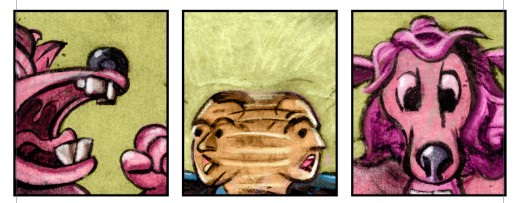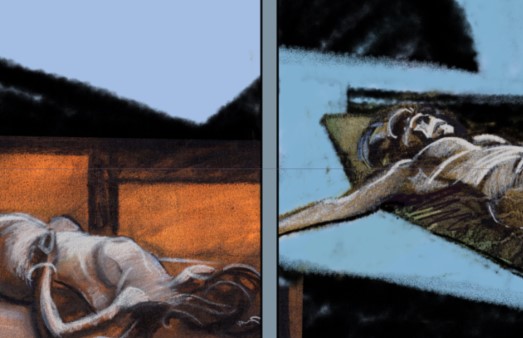In considering thought Buddha broke it down into two part, the cognitive, as in here’s all the crap I know about doing comics, and in the action oriented thoughts, the intentions you create. And in all of this there’s two sides of this the thoughts one controlled by desire, ill will and harmfulness and the opposite of this Renunciation, Good will and non-harmfulness.

So what are my desires in drawing comics? Of course I want to draw “good” comics in itself a well done comics page can be fun and a pleasure to create. But obviously drawing comics should make me filthy rich and praised from the mountaintops. Hollywood should be making movies of my work and I should be hanging with the movie stars. Buddha calls this 4 of the Eight Worldly Winds, things that happen in the wold, they are all Pleasure & Pain, Praise & Blame, Gain & Loss, Fame & Disrepute. Reviewing my work I’ve seen all of these howling through my life.
So the next question is how to deal with my desire to draw comics? That’s tomorrow’s challenge.


